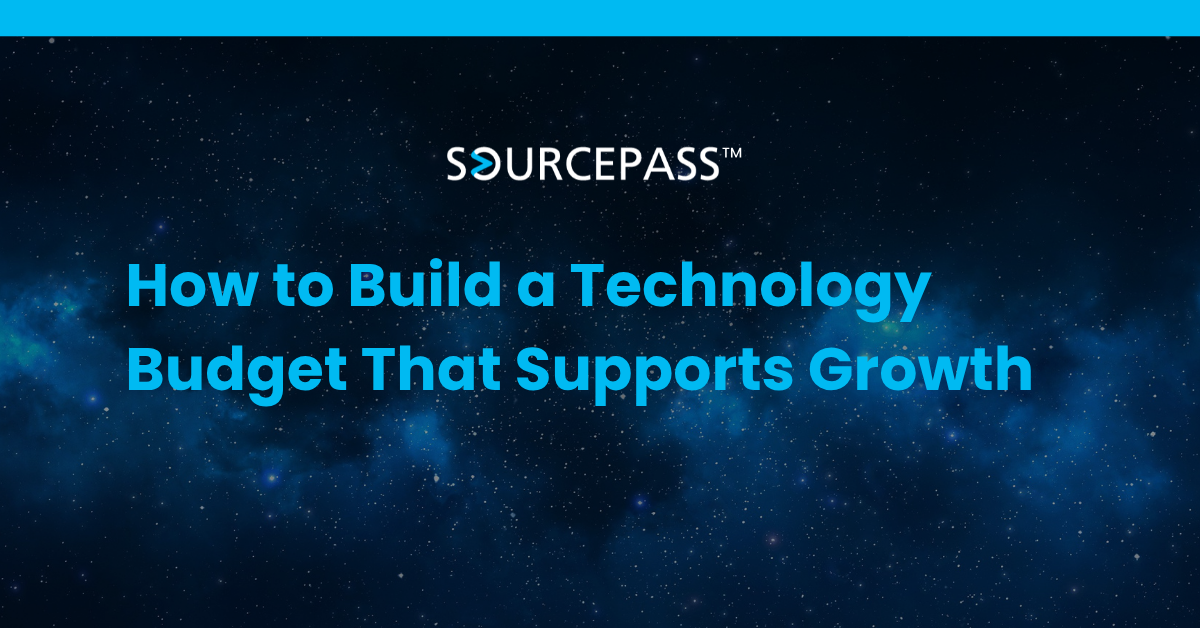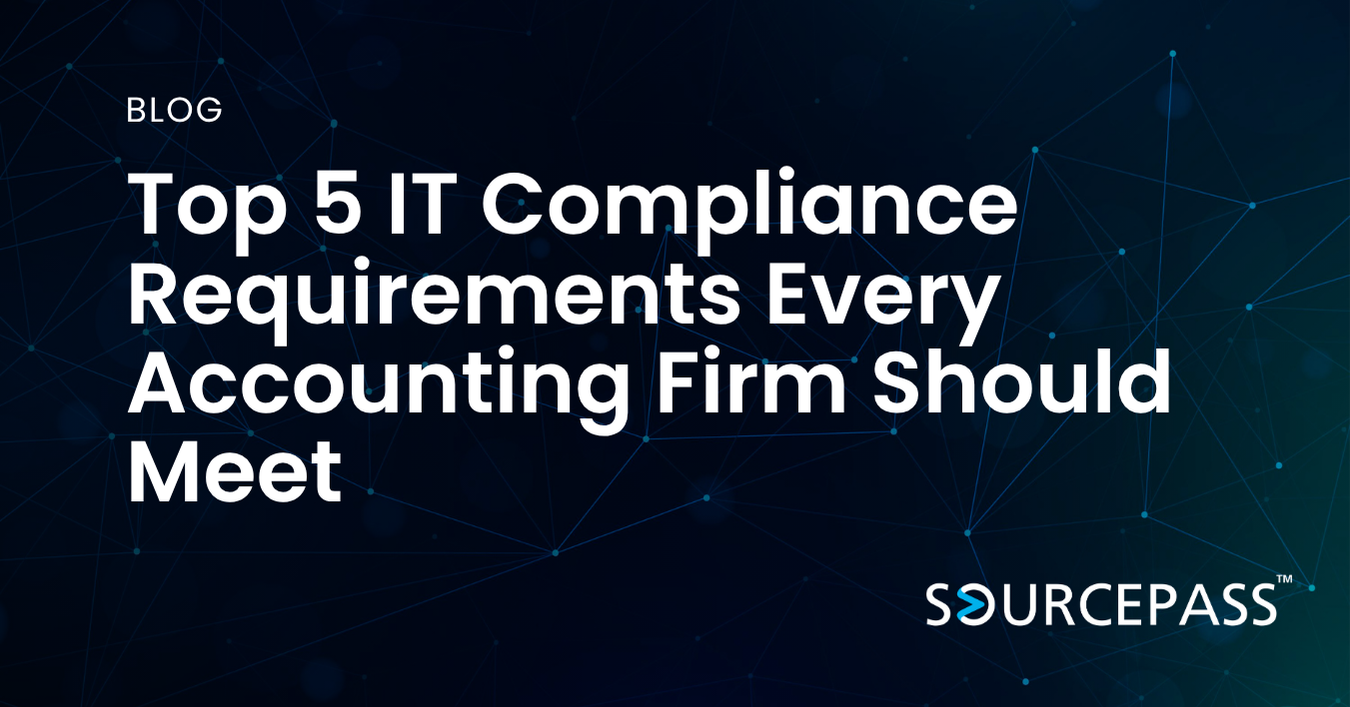How to Build a Technology Budget That Supports Growth
Jan 27, 2025 Alex Davis Costs & Budget 2 min read



Balancing current IT demands with future innovation is a significant challenge for growing businesses. Without a structured technology budgeting process, organizations risk reactive spending, underfunded initiatives, and unexpected costs that disrupt progress.
A well-defined IT budget provides clarity, control, and a strategic roadmap for technology investments that support business goals.
Why Technology Budgeting Matters
A structured technology budget helps your organization:
-
Support Current Operations: Fund essential systems and services that keep the business running.
-
Plan for Future Growth: Allocate resources for innovation and digital transformation.
-
Mitigate Financial Risk: Anticipate costs and avoid damaging budget surprises.
By shifting from ad hoc spending to proactive planning, businesses can optimize investments, justify technology decisions, and maintain financial stability.
Benefits of a Structured Technology Budget
1. Aligns IT Spending with Business Goals
Technology is not just a cost center—it drives efficiency, customer experience, and innovation. Budgeting with intent ensures that every technology investment supports measurable business outcomes.
Examples of budget alignment goals:
-
Reducing manual processes
-
Enhancing service delivery
-
Scaling securely with growth
2. Reduces Risk of Unexpected Costs
Unplanned IT expenses can derail financial plans. A strategic budget accounts for:
-
Recurring costs like software subscriptions and licenses
-
Equipment upgrades and lifecycle replacements
-
Emergency reserves for outages or security incidents
Planning ahead prevents disruptions and supports operational continuity.
3. Prevents Underfunding of Critical Projects
When core IT initiatives lack funding, the consequences include:
-
Increased downtime from aging systems
-
Security gaps from delayed patching
-
Lost opportunity for innovation
A disciplined budgeting process prioritizes mission-critical projects and avoids deferring essential upgrades.
4. Enables Long-Term Technology Planning
IT budgets should reflect not only current needs but strategic growth. A future-focused budget supports:
-
Technology trend analysis
-
Forecasting for infrastructure and software needs
-
Early adoption of transformative tools
This approach equips your business to stay competitive rather than reactive.
5. Builds Transparency and Accountability
A structured budget promotes visibility into where IT dollars are spent and how those investments perform. Leadership gains insight into:
-
Total cost of ownership
-
Performance of current investments
-
Opportunities to optimize or consolidate
Accountability fosters trust between IT and finance teams.
Key Components of a Technology Budget
To develop an effective budgeting process, include these core elements:
| Component | Purpose |
|---|---|
| Asset Inventory | Document hardware, software, and contract renewals |
| Current Needs Assessment | Identify immediate gaps and replacement priorities |
| Future Requirements Forecast | Project growth, emerging tech, and expansion needs |
| Expense Categorization | Separate CAPEX from OPEX for financial clarity |
| Contingency Allocation | Prepare for outages, cyber incidents, or emergencies |
| Review and Optimization | Reassess regularly to adjust for business changes |
Take Control of Your IT Investment Strategy
A strong technology budget is more than a spreadsheet—it is a tool for financial discipline, innovation, and competitive advantage. By building structure and accountability into your IT planning, your organization is better positioned to grow with confidence.
Ready to build a budget strategy aligned with your goals?
Contact Sourcepass to speak with a specialist and begin future-proofing your IT investments.
Frequently Asked Questions
What makes a technology budget different from a general operations budget?
A technology budget allocates funds specifically to IT assets, projects, services, and security, with a focus on long-term planning and lifecycle management.
Should IT budgets include cybersecurity?
Yes. Cybersecurity must be built into IT budgeting to avoid costly breaches and ensure compliance.
How often should a technology budget be reviewed?
Budgets should be reviewed quarterly or biannually to reflect changes in business priorities, vendor costs, and emerging risks.
What is the best way to justify IT spending to leadership?
Tie investments to business outcomes like productivity gains, risk reduction, or revenue protection to demonstrate return on investment.
Subscribe To
Sourcepass Insights
Sourcepass Insights
Stay in the loop and never miss out on the latest updates by subscribing to our newsletter today!
.png?width=500&height=100&name=White%20Logo%20-%20Transparent%20Tag%20(3).png)



